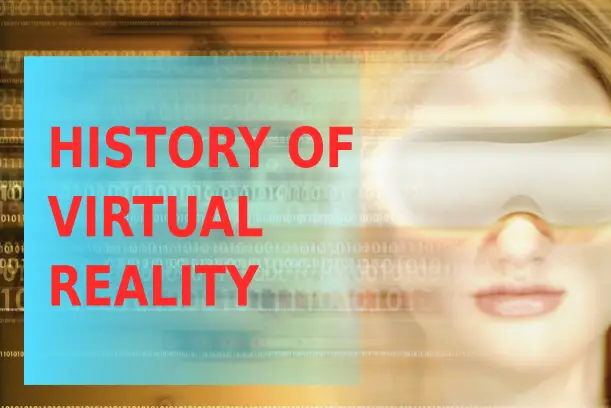Virtual reality isn’t something that is just starting with us in the 21st century; rather, it has been with us for a long time. Most people in the developing and even advanced world often confuse this at times that virtual reality limelight can be traced to around early 1990s. The question is; how did we come about the idea turned concept of virtual reality that people come to talk about today?
Virtual reality didn’t just start as a concept. The idea was of Morton Heilig, a cinematographer in the late 1950s who had a vision of theatrical experience capable of making the audience engulfed in the play or theatre they are watching. The notion was to stimulate their senses in other to draw them into the play in full-fledge.
What did Morton do?
In the year 1960, Morton designed a user console that included stereoscopic display, stereo speakers, moving chair, fan, and odor extractor. This device built by Morton was referred to as Sensorama. In addition to his invention, he built the first HMD – then, it was called Head-mounted television display. His HMD allowed users to view in 3D. Although many users then were passive in their play entertainment, Morton concept found its way into today’s technology world now called virtual reality.
Later in the line, in 1961, Comeau and Bryan – engineers from Philico Corporation, built the first HMD called Headsight. The Headsight included a tracking device, and screen that they associated with a close circuit camera. Although the purpose of this device was to be used in dangerous situations such that headsight user could have a view of real environment remotely by adjusting the angle of the camera by simple turning of the head.
Furthermore, Bell laboratories, a leading research organization, developed a HMD device like infrared camera for helicopters – this is similar to the one the Philico engineers designed. The device was fixed beneath the helicopters, allowing pilots to have clear view while flying in the dark.
Another notable historical background to virtual reality was the development of Ivan Sutherland who in 1965 developed his special device called Ultimate Display. All these devices were still within the creativity of Morton in 1960. Using Sutherland’s Ultimate Display, user could look into the virtual world that appeared as physical world that the viewer lived in.
Other concepts that the Ultimate Display included were; computer that uses world model in a real time. Users could alternate virtual objects intuitively and realistically. Also, on the Display is a virtual world that looks real to observers and seen through the HMD, augmented through a 3D sound system and quite stimulation.
An interesting thing this innovation has is that it has since then guided several innovation, and development of devices within the field of virtual reality.
Ivan Sutherland honed his invention by bringing it to another level in 1966. This time he created an HDM that can be tethered with a computer. This computer was a system that the HMD was tethered to provide the graphics for display on the HMD. A suspension system was used to hold the HMD device because it was a heavy device as users could not support themselves easily during view. The new HMD created displayed images in stereo thereby giving such depth illusion. As users moved head around, the stereo could also change visual direction making the virtual environment to change proportionately.
Sutherland innovation was funded largely by NASA and CIA and the project was directed at vehicle stimulation, and training exercises in the military and aero plane piloting and combating.
For many years, the virtual reality was the topic focus of almost every sector. Between 1967 and 1980, most tech development was on vehicle stimulations. In 1984, Michael McGreevy started experimentation with Virtual Reality on human-computer interface (HCI) designs. This outstanding experimentation led to adoption of Virtual Reality on media and various human computer relationships later in the years.
Today, virtual reality has gained tremendous ground and affiliation with various field that could not be envisaged back them – thanks to innovation creativity and improvement in research and funding to make the world a better and easier place to abode.

